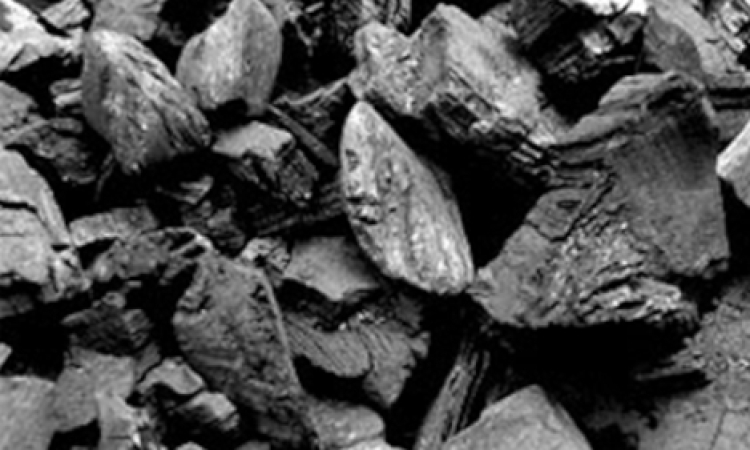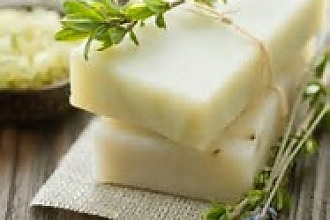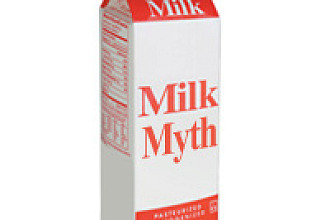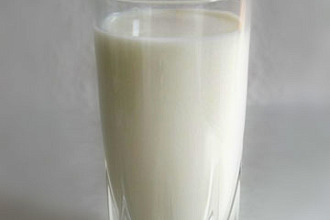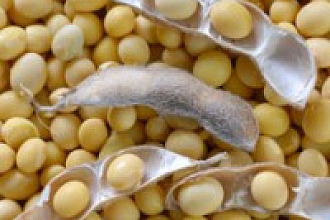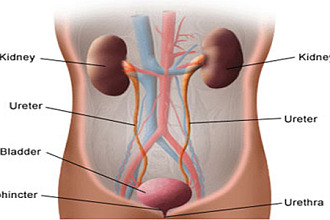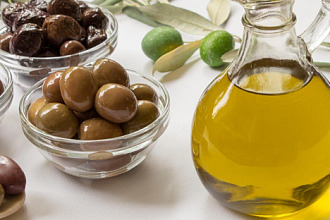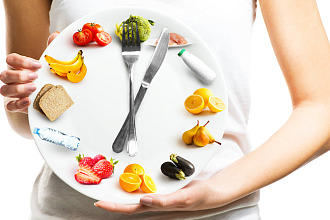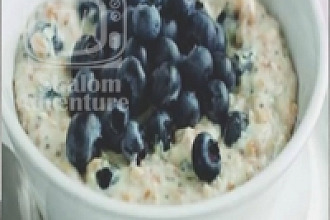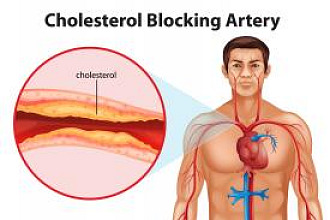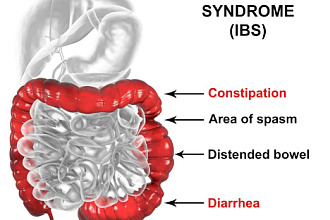Many old-fashioned remedies are going out of fashion, not because they are ineffective, but because an art is required for their management, and a sufficient degree of labor required that most people are unwilling to provide. Orally administered charcoal is effective in preventing many intestinal infections. All studies show that charcoal is harmless when ingested, when inhaled and when it comes in contact with the skin.
Charcoal is without a rival as an agent for cleansing and assisting the healing of the body. The grains of charcoal have many crevices and corners for the adsorption of materials, gases, foreign proteins, body wastes, chemicals and drugs of various kinds making it a powerful assistant to the cleansing apparatus of the body.
The total surface area of the sum of the particles is a small cube of charcoal only 2/5ths of an inch on each side is one thousand square meters, a field more than thirty three yards square! The uses of charcoal are almost as universal as those of water, both commercially and medically—and like water it can be freely used as a healing agent. Because charcoal can pack molecules of ammonia gas into its crevices, it can attract 80 quarts of ammonia gas per 1 quart of pulverized charcoal! It may be used internally or externally, and for a range of disorders from bee stings and other venomous bites, to metabolic problems such as jaundice of the newborn, or an allergic reaction to poison ivy.
In 1773, Schelle made an experiment with charcoal in which a gas was trapped in an inverted tube with charcoal, the lower end of the tube submerged in a container of mercury. Most of the gas disappeared as evidence by a rise of mercury into the tube. As the gas was absorbed by the by the charcoal, a vacuum appeared in the tube and sucked the mercury up into the tube. As a demonstration of the effectiveness of charcoal, Bertrand in 1913 survived after swallowing 5 grams of arsenic trioxide mixed with charcoal, and Touery in 1831 survived after swallowing 15 grams of strychnine (ten times the lethal dose) and an equal amount of charcoal before the French Academy of Medicine.
Written by: Calvin & Agatha Thrash
Originally from here
Posted on ShalomAdventure.com by: Brenda Miller
Picture by: Ischaramoochie at en.wikipedia

